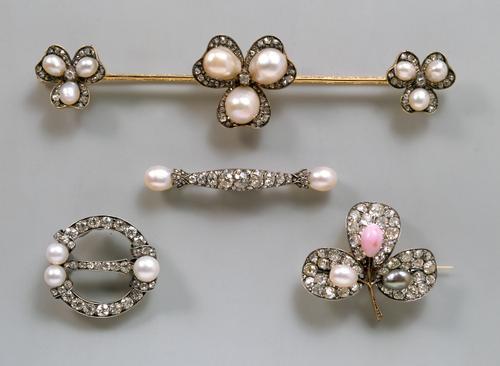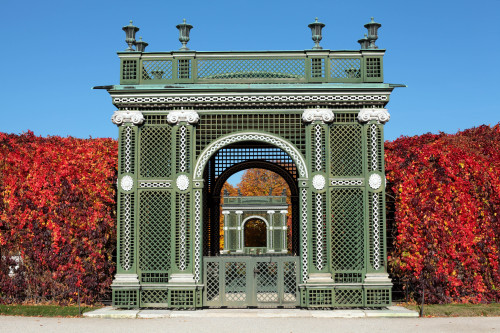#habsburg

Beatriz Martínez as Archduchess Sophie in “El vuelo del águila” (1994)
The Archduchess may, too, have avoided the western side of the park, near the zoological gardens; for a tale, which Sophie’s letters show troubled her over several years, maintained that her husband’s younger sister Archduchess Marianna - only seven months older than Sophie - owed the hideous disfigurement of her face and her virtual imbecility to a prenatal incident when her mother was startled by an escaped orangutan while walking in the gardens. In 1830 Archduchess Marianna was still living at Schonbrunn, a rarely seen presence secluded in the labyrinth of smaller rooms.
Twilight of Habsburgs - Alan Palmer
Post link
Favourite Period Drama Moments(08/?):
Clash of generations. Empress Elisabeth “Sisi” of Austria and her mother-in-law & aunt Archduchess Sophie symbolising the two opposing parties of their people on the example of Crown Prince Rudolf’s education. In short, new liberal ideas versus the conservative tradition.
in:Sisi(2009) - Episode 02
Post link

Archduchess Maria Anna of Austria, only daughter of Archduke Franz Karl of Austria and Sophie of Bavaria

The room of Archduchess Sophie of Austria in Bad Pirawarth

Sophie of Bavaria, Archduchess of Austria

Earrings that belonged to Sophie of Bavaria, Archduchess of Austria

Franz Joseph I as king of Hungary

Sophie of Bavaria, Archduchess of Austria
Credits on the image

Franz Joseph I, Emperor of Austria and King of Hungary

Sophie of Bavaria, Archduchess of Austria


Archduchess Maria Theresa with daughters Maria Annunciata and Elisabeth Amalie of Austria.
Archduchess Margarethe Sophie of Austria, later Duchess of Wurttemberg. Late 1880s

Engagement picture of Princess Auguste of Bavaria and Archduke Josef August of Austria. 1893
Auguste was daughter of Archduchess Gisela of Austria, daughter of Kaiser Franz Josef of Austria and Kaiserin Elisabeth .
Post link

Austro-Hungarian emperor Franz Joseph in hungarian uniform, approx. 1888 picture: picture-alliance / IMAGNO / Wiener Stadt- und Landesbibliothek
Master of Affligem [Netherlandish. c. 1480 - c.1520]
Philip the Fair and Joan the Mad. c. 1495 - 1506
Maximilian I was supported in his struggle against France by England and Spain; in the latter case, the alliance was to be consolidated with a marriage. Although the widower Maximilian initially wanted to marry a Spanish princess himself, the royal house of Spain expressed a preference for the younger generation. In 1496 there was a double wedding: the children of Ferdinand and Isabella, Joan (Juana) of Castile and Aragon and her brother Don John (Juan), Prince of Asturias, were married to Maximilian’s children Philip and Margaret of Austria.
The marriages were thus not part of some cleverly conceived Habsburg strategy for acquiring the Spanish throne but, rather, a means of strengthening an alliance: the Austrians and the Spanish were to join forces in order to drive the French out of Italy and each take a share of the peninsula for themselves. However, the double wedding was followed by a sequence of strokes of good fortune that favoured the Habsburg cause: not only did Margaret’s new husband Don John die but so did all the other Spanish royal heirs, putting Joanna and her husband Philip first in line for the throne. In 1500, furthermore, they consolidated their claim to the succession by producing a son, the future Emperor Charles V, so that when Philip became King of Castile in 1504, Spain and all its possessions fell into Habsburg hands.
Only a few years later, however, Philip died, after which Joanna is said to have lost her mind – thus going down into history as Joanna the Mad – and was in any case not capable of governing. In 1506 her young son Charles was named as Philip’s successor; his grandfather Maximilian took measures to guarantee that the young boy would indeed one day accede to the throne. So it was that in 1516, as a result of a sequence of accidents, Charles became king in Spain, Naples and Sicily, and the Spanish colonies.- Read more on habsburger.net.
Post link
Jewellery set owned by Empress Elisabeth of Austria.
Set contains two brooches and two pins made out of gold, silver, pearls and diamonds, about 1870.
Post link
Palace Of The Week - Schönbrunn Palace
Located in Vienna, Austria, the Schönbrunn Palace is a rococo palace built at the end of the XVIth century. Schönbrunn is an Unesco Wolrd Heritage Site. The is one the biggest palace in the world with 1441 rooms. I’m sure you all know this palace ! It is not only the austrian Versailles but it is also where Marie-Antoinette was borned and raised. The Empress Sissi went there very often too. Many great musicians visited the imperial family in Schönbrunn such as Mozart or Beethoven. The gardens are quite similar to the Versailles gardens, but they are much smaller ( don’t forget that the Palace is inside the city ! ). You can find french gardens, little pavillons and of course the Gloriette ( second picture ). This palace is for me the symbol of a really brilliant monarchy. But it is also the symbol of Marie-Antoinette’s happy childhood, that is why this is one of the palaces I want to visit the most !
Post link
Marie Louise of Austria, Empress of the French and Queen of Italy, by Pierre-Paul Prud’hon, 1810
At the age of 18, Archduchess Marie Louise of Austria was obliged to marry 40-year-old French Emperor Napoleon Bonaparte, who had spent years waging war against her country. Despite the circumstances, the marriage was relatively happy. Napoleon and Marie Louise spent four years together and then never saw each other again. While he was destined for an early death in faraway exile on St. Helena, she went on to govern the Duchy of Parma. For details, see “Marie Louise of Austria, Napoleon’s Second Wife.”
Post link





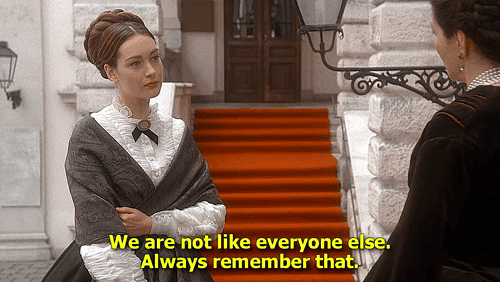
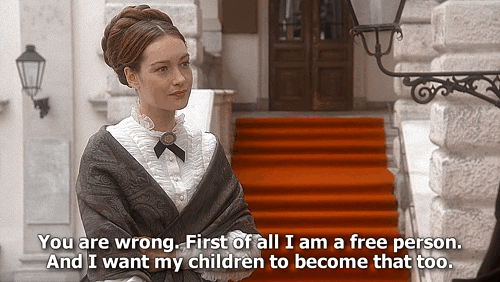






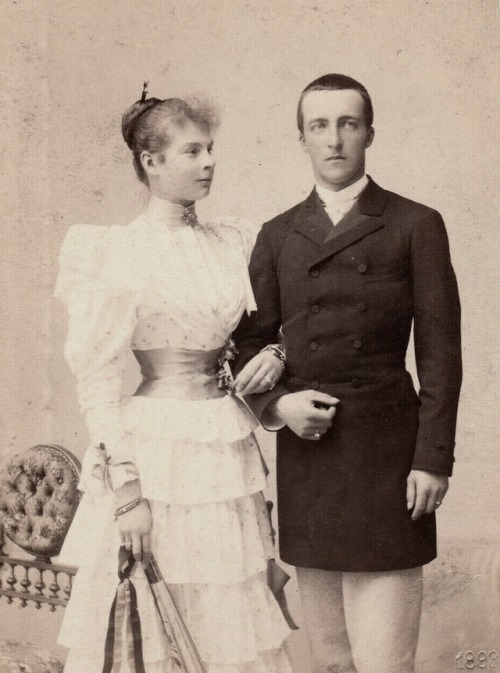
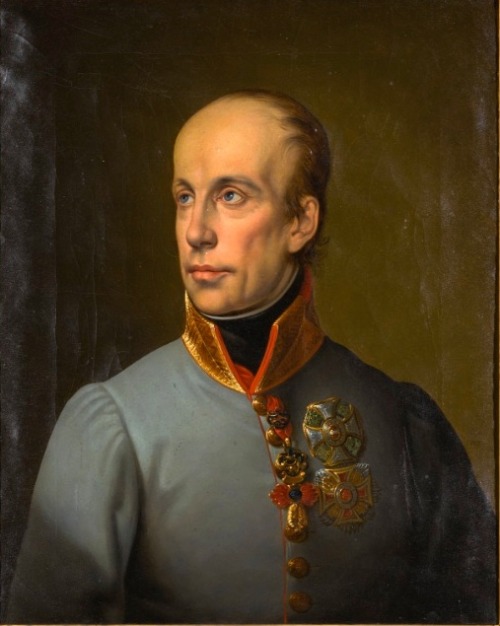
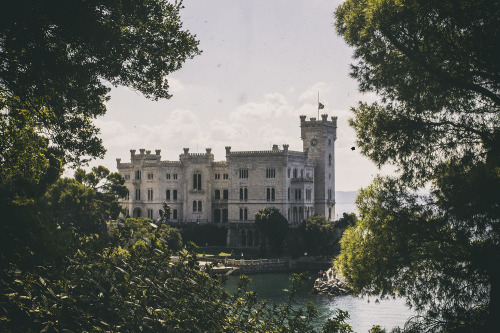
![Master of Affligem [Netherlandish. c. 1480 - c.1520]Philip the Fair and Joan the Mad. c. 1495 - 1506 Master of Affligem [Netherlandish. c. 1480 - c.1520]Philip the Fair and Joan the Mad. c. 1495 - 1506](https://64.media.tumblr.com/8eda8ffc6737882d4ae30c8c348689fc/a12cf2d04ec0e714-34/s500x750/764e11f17ba8417a44f603b331dba4f3cbea0621.png)
